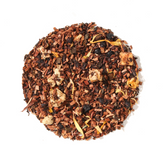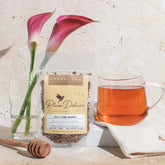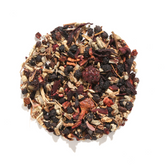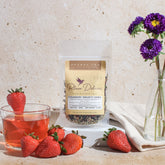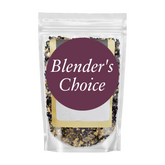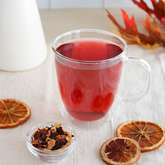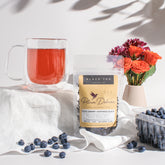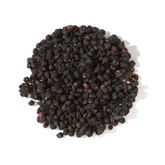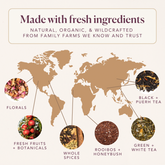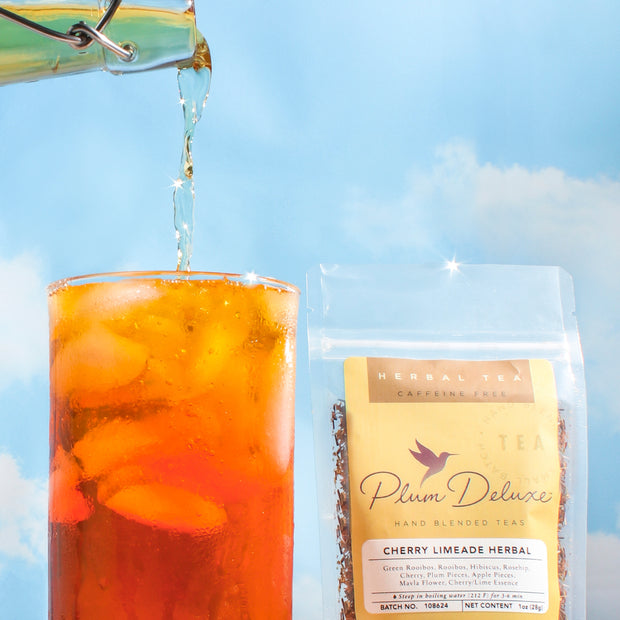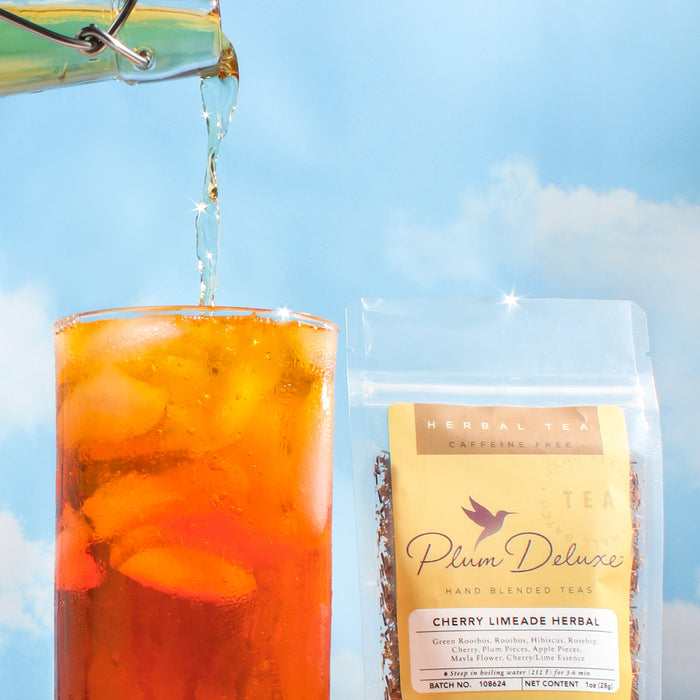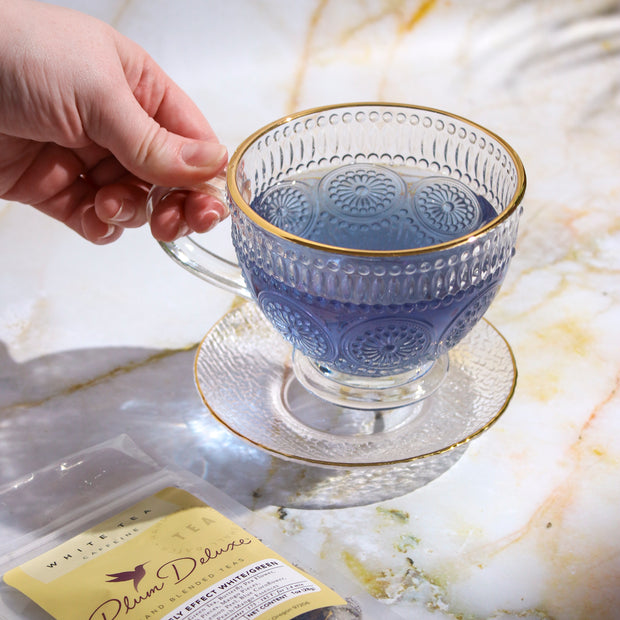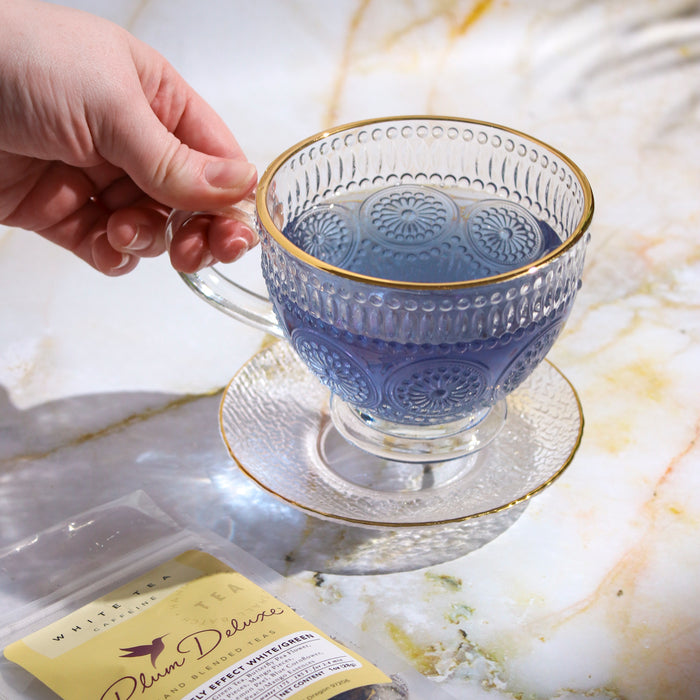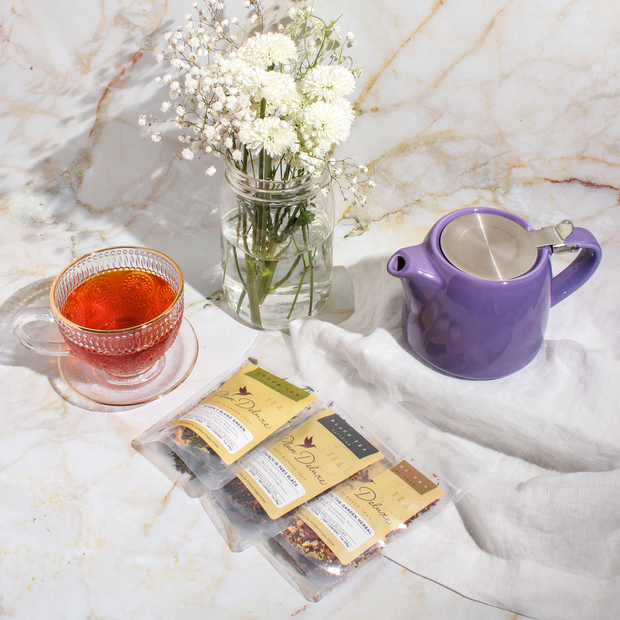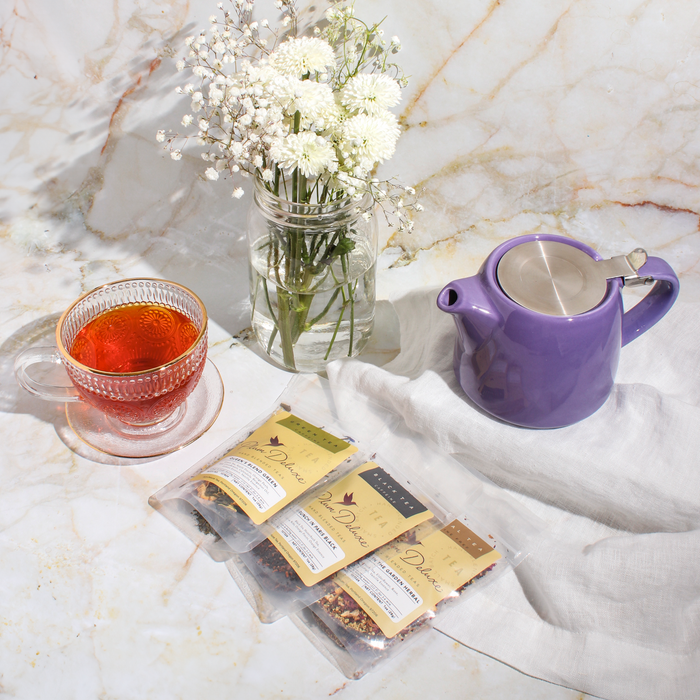
Oolong Tea vs. Green Tea: The Source
Oolong and green teas are “true teas,” along with black, white, and pu’erh teas.
This means they are made from the leaves of the Camellia sinensis plant, a species of evergreen shrubs or small trees native to East and Southeast Asia and India. There is no difference in a bout of oolong tea vs. green tea on this most basic level. It’s a draw.
However, if you’ve ever gardened, you’re keenly aware of the variables in soil content, water availability, climate, and weather.
Where a tea plant grows (China, Japan, India, Taiwan) and the conditions under which it grows (sun or shade, wet or dry) can alter the nutrients and the taste of the brewed leaves.
In addition to a handful of acknowledged varieties of Camellia sinensis, there are hundreds of cultivars, selectively bred plants, aiming to achieve different flavors. Since these variables apply to every plant, this too is a draw.

Oolong Tea vs. Green Tea: The Processing
For both oolong and green teas, young, tender buds and leaves are picked at strategic times, determined by environmental conditions. The finest green tea leaves are said to come from the first spring harvest. From there, leaf processing diverges.
Green tea is the least processed of all true teas. Once harvested, leaves are immediately dried in one of a variety of ways: in the sun, charcoal-fired, oven-roasted, or steamed. The leaves are not given a chance to oxidize, which is why they retain their green color.
Finally, they may be rolled, shaped, and/or pressed. The least processed green tea is sometimes called “raw” tea.
Processing oolong tea requires numerous steps over the course of weeks. First, leaves are “withered” in the sun. Then they are allowed to rest before being tumbled, rolled, and/or bruised, which allows enzymes to oxidize partially, turning the leaves brown or black.
Oolong tea is 8―80 percent oxidized. (Black tea is fully oxidized.) There is no metric to determine how oxidized leaves are; a tea master judges when the process is complete. Finally, leaves are heated to stop the oxidation process and are sometimes rolled or shaped into their final state.
Green tea scores points for simplicity and purity, but oolong ranks higher for the varied results that it can achieve. The round is a tie.

Oolong Tea vs. Green Tea: Caffeine Content
According to numerous reliable sources, from the USDA to medical websites to the National Institute of Health, oolong tea's caffeine content is slightly greater than that of green tea, and both contain less caffeine than coffee.
However, the caffeine content can vary enormously. For instance, the Linus Pauling Institute reports that green tea has between 9 and 50 milligrams of caffeine per eight-ounce cup. That’s a huge variation.
In one NIH study, oolong tea had 19.31 milligrams of caffeine per gram of tea, while green tea had 16.28 mg/g. That’s a tiny difference.
This variability comes from many factors: environmental conditions can produce more or less caffeine in leaves, and processing can alter it, as well.
You probably know that the longer you steep the leaves, the more caffeine you draw from them, but do you know that the temperature of the water you use can alter the amount of caffeine, too? The cooler the water, the less caffeine.
Because of this great variability, and because caffeine is sometimes desirable and sometimes not, I’m inclined to call this round a draw.

Oolong Tea vs. Green Tea: Taste
Taste is arguably the most important round in the Battle of the Botanicals. The flavor of oolong tea is darker, earthier, and more complex than that of light, vegetal green tea, which has a bitter edge when brewed too long or with too-hot water.
But here’s the thing: all that variability in growing conditions and processing yields significantly different flavors. For instance, Chinese green tea and Japanese green tea taste very different. Don’t write off either oolong or green tea until you’ve tried different kinds.
Best of all, both oolong tea and green tea blend beautifully with other flavors, and blending flavors is what Plum Deluxe does best.
Check out the ingredients of the Toasted Nut Brulee Oolong Tea: black tea, oolong tea, rooibos tea, apple pieces, cocoa nibs, cornflowers, calendula, and vanilla/hazelnut/chestnut/almond/walnut essences. Talk about complex flavor!
My favorite green teas, Garden Grove Green Tea and Queen’s Blend Green Tea, have equally interesting—and delicious—ingredients.
Here it is again: variability. Sigh. I refuse to call this a draw, though; in the hands of Plum Deluxe, both oolong and green tea are winners.

Oolong Tea vs. Green Tea: Color and Name
Oolong tea is brown. Green tea is yellow-green-ish. A mud puddle vs. sunshine in a cup? It’s green tea for the win.
Oolong tea is sometimes called “Wulong tea.” “Wu” means “black” and “long” means “dragon,” so oolong is also called “black dragon tea.” Green tea, on the other hand, is generally called “green tea,” a bland description of the leaf and liquid. Oolong takes the prize.
We have another tie.

Oolong Tea vs. Green Tea: And the Winner is...
In this Battle of the Botanicals, oolong tea vs. green tea, we’ve seen two tasty competitors start from the same place, share similar properties, yet wind up with myriad different flavors. Can there be a winner when every round ends with a draw?
Why, yes, there is a winner: we consumers are the winners, with endless options for light, dark, flowery, fruity, earthy, vegetal, simple, and complex flavors, thanks to the tremendous variability in the Camellia sinensis plant, processing, and blending.
One thing doesn’t vary, and that’s my enthusiasm for trying new Plum Deluxe blends. Yep, I’m a fangirl.
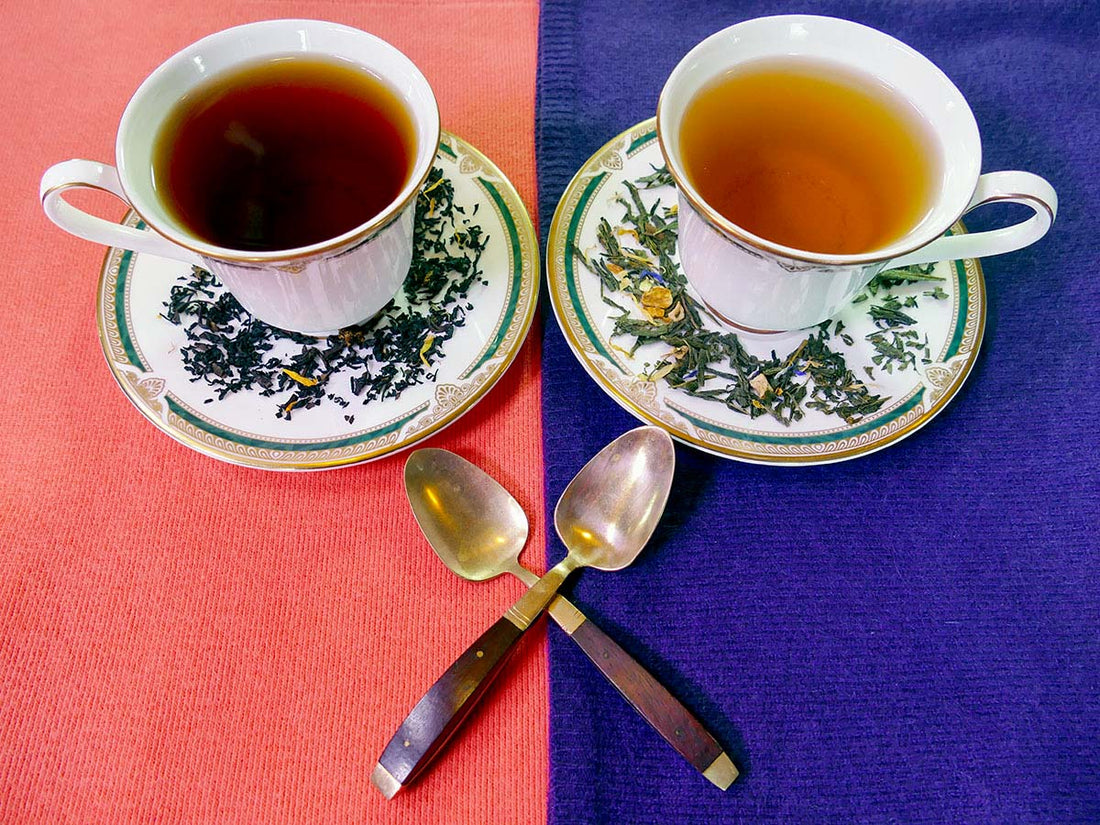
![Summer Iced Tea Variety Pack [6-Pack Variety of Flavors]](http://www.plumdeluxe.com/cdn/shop/files/summervarietypack.png?v=1713833466&width=165)


